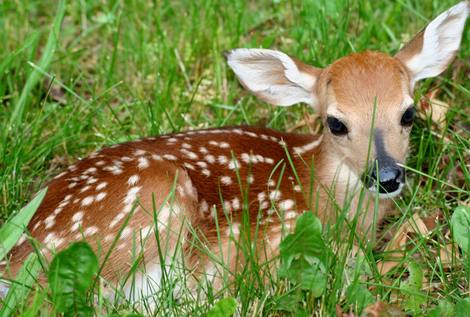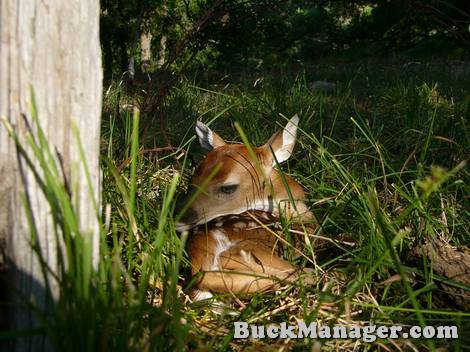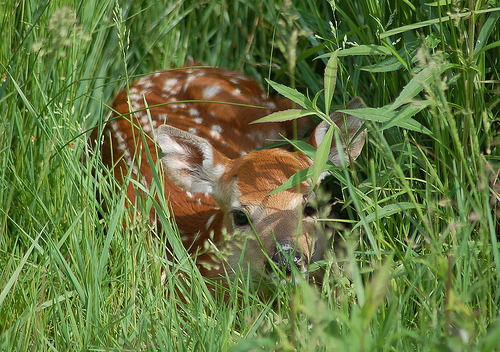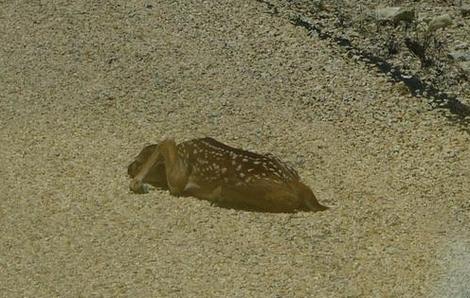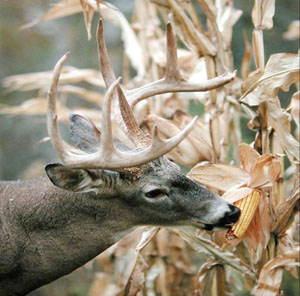Scoring deer antlers can a be a bit confusing, especially since most hunters score only a single set of antlers each year. If one is not well-versed in antler scoring terminology, then it requires the hunter to get reacquainted with the lingo (and what it’s referring to) each year. I’ll admit, it’s not an easy process/concept to wrap your mind around because the words “typical” and “normal” (and “non-typical” and “abnormal”) mean very different things when scoring a buck, but people commonly use them interchangeably in daily conversation when talking about other subjects.
I would now like to address the following questions I received: “What determines whether a buck is scored typical or non-typical? Is there a maximum amount of deductions allowed for typicals?”
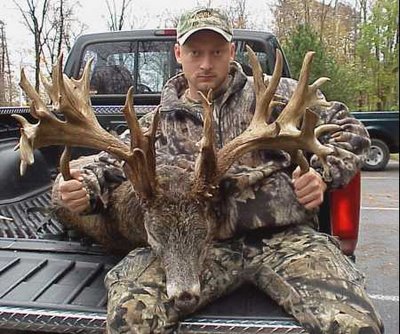
There is no set rule that says a white-tailed buck must be scored typical or non-typical. The choice really is up to the hunter and which classification makes the most sense. As I go through the following discussion, it will become obvious how a particular buck should be scored.
First, when scoring deer antlers, all normal and abnormal points are measured. The scores of both typical and non-typical sets of antlers are based off the symmetry (after deductions) of the main frame. Yes, even non-typical bucks get deductions for not having a symmetrical main 8-point, 10-point, 12-point, etc frame with matched points of the same length.
But — since the measurements of all normal and abnormal points are taken, it’s easy to calculate both the typical and non-typical scores. Abnormal points add into the gross score of a buck scored non-typical and are subtracted from the gross score of a buck scored typical. If a set of antlers has many abnormal points, the set is most accurately classified as non-typical and would be best scored as non-typical (but it is not a requirement).
Odd, freakish, and unmatched points do not add any value to the typical antler score as per the definition of a normal point. When scoring a typical set of deer antlers, the length of abnormal points is measured, but subtracted from the gross score of a buck. The rules state you can not add abnormal points to the score of a typical frame. If the antlers are nearly typical, abnormal points hurt the net score. So there is no maximum on the amount of inches that can be deducted because the mathematics of the issue becomes self limiting. The more abnormal points, the lower the net score becomes under the typical classification and the more the scorer leans towards scoring the antlers non-typical.
On the flip side, if a set of antlers is scored non-typical, then the total length of abnormal points is added into the gross score for the rack. The more abnormal points a set of antlers has, the more sense it makes to score them as non-typical. The fewer abnormal points a set of antlers has, the more sense it makes to score them as typical.
Again, the important thing to keep in mind: Both typical and non-typical sets of antlers are scored based on the main frame. The only difference is that abnormal points deduct from a typical rack’s final score, but they are additive for non-typical. If the white-tailed buck has a lot of abnormal points, why score it as typical and then subtract away abnormal points?
Case in Point
For example, a buck may have a net score of 155 as a typical, but a net score of 185 as a non-typical. That’s 30-inches difference in antler material! That’s because I assumed it had 30-inches of abnormal points — which is deducted from the gross score when scored “typical,” but not deducted from the gross score when scored “non-typical.” Most hunters use a buck’s gross score in conversation because it gives the deer credit for all antler growth.
If, on the flip side, you only had 7-inches of non-typical antler on your buck (a single drop tine, a split tine, or an extra point), typical makes much more sense. The more abnormal points a buck has, the better the likelihood it should be scored non-typical. Of course, I’ve seen some white-tailed bucks that get stuck in the middle — not enough abnormal points to score high as a non-typical, but too much to score well as a typical.




